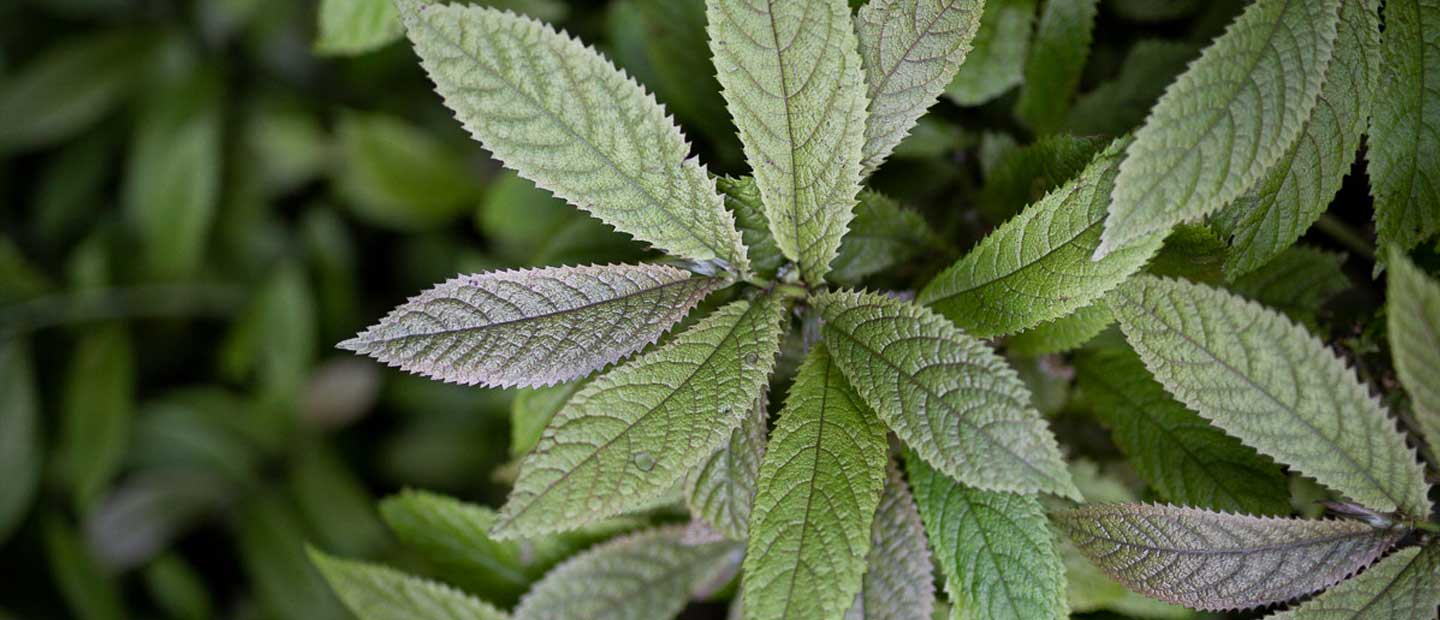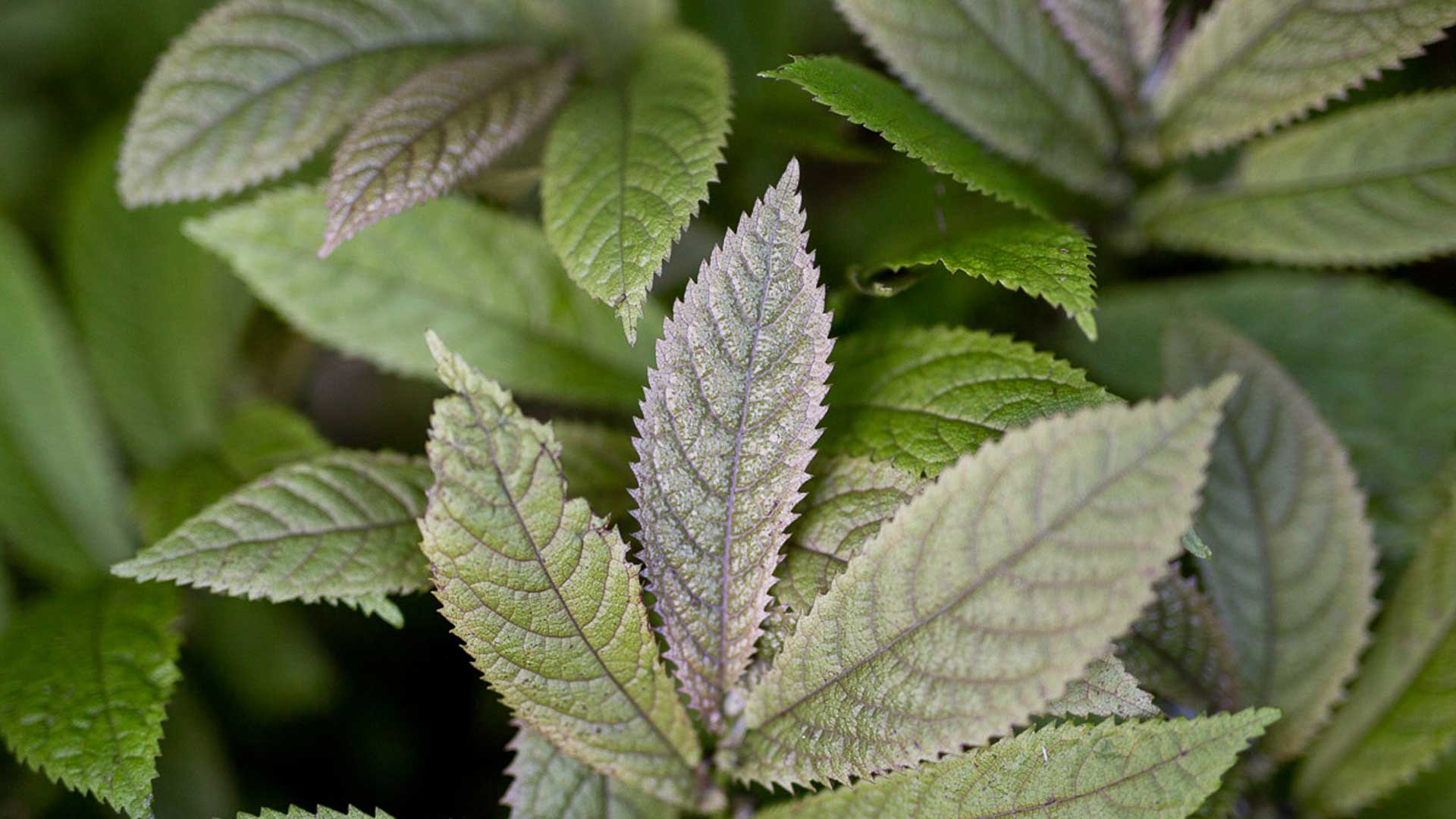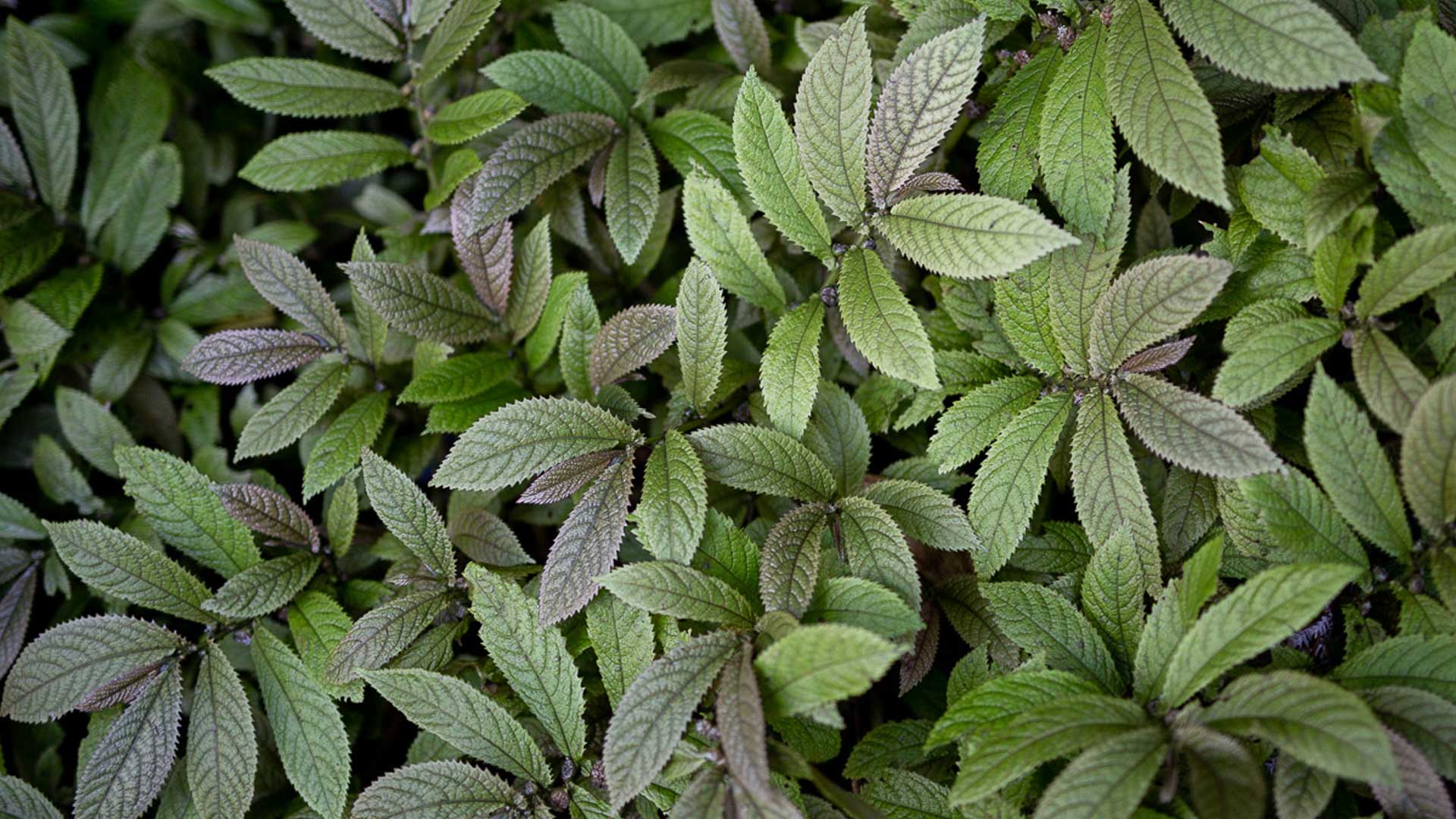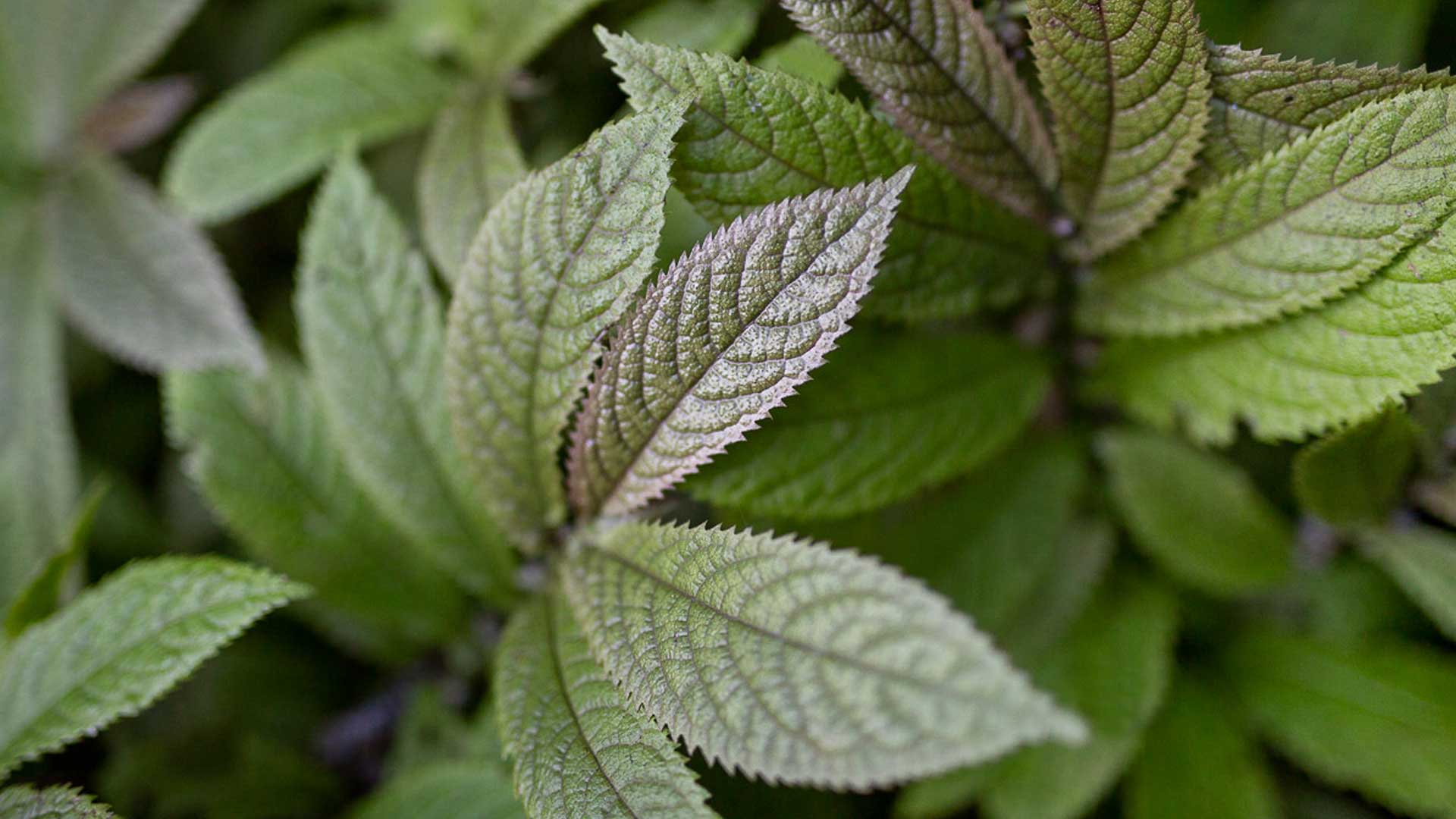Belonging to the nettle family Urticaceae, parataniwha have long bronze to red-purple leaves that are textured, with a rough to the touch, saw-like edge. In the warmer months they will grow small flowers that turn into tiny single seeded fruit.
One of Aotearoa’s very few perennial plants, parataniwha is perfect for a wet, shaded area in your home garden and forms mounds of leaves that can grow to roughly 40-50cm tall if given the right conditions. Requiring little maintenance, this ground cover can tolerate ‘wet feet’ and the leaves will grow much larger in deep shade.
Interestingly, the parataniwha plant and its red-hued leaves was the catalyst for scientific research into the health benefits of some of New Zealand’s native plants. While on a walk in Auckland’s Waitakere Ranges, Auckland University biologist Kevin Gould was asked by a friend why the parataniwha plant would have red-hued leaves. Not knowing the answer, this simple question launched a three-year scientific investigation into the red pigments of leaves – not only of the parataniwha but of New Zealand flax, rimu leaves and the horopito (pepper tree).






